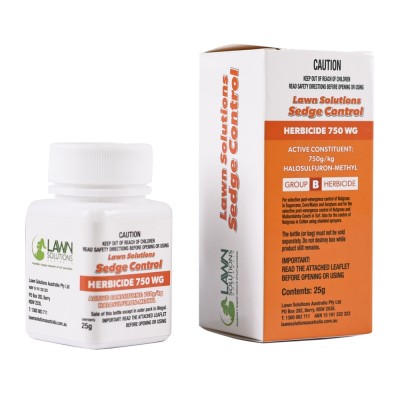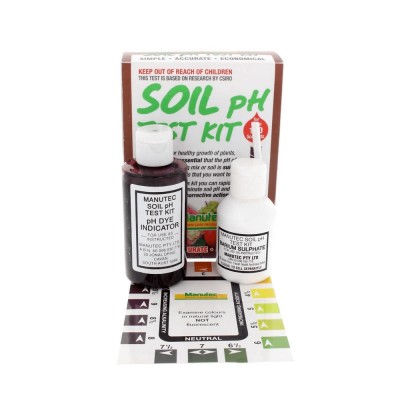Benefits of Warm Season Grasses
Warm-season grass varieties include Couch, Kikuyu, Buffalo, and Zoysia grasses. These are the most common varieties found across Australia and for good reason. In this blog, we explain what warm-season grasses are and why they are the best choice for Australian lawns.
What are Warm-season Grasses?
Warm-season grasses are known as C4 grasses and are suited to the hot Australian summers and relatively warm winters. The C refers to carbon and the 4 is the number of carbon atoms in the first compound produced by photosynthesis. What this results in is an adaptability to higher temperatures and light with lower requirements for moisture.
For reference, cool-season grasses have 3 carbon atoms and are known as C3 grasses. C4 grasses are considered more heat and water-stress tolerant than C3 species. This is because C4s have an evolutionary advantage for adaptation to hot and dry climates making them more efficient with conserving water.
Geographically, we have a limited true cool season area compared to North America and Europe. To apply the US terminology, in Australia, the north is the warm season zone, and the rest is a transition zone with some isolated cool season pockets.
Benefits of Warm-season Grasses
There are some significant benefits to warm-season grasses in such a climate.
- Less watering requirements.
- Higher resilience during warmer months.
- Higher heat tolerance.
- Better soil stability due to generally having more robust root systems.
- Better capacity for self-repair and lateral growth.
- Higher suitability broadly to the Australian climate.
Warm Season Grasses in Winter
Warm season grasses can hold their colour well throughout the warmer months. But when the temperatures start to cool, photosynthesis is limited to conserve energy and they can lose some of their green colour during dormancy.
As mentioned earlier, most areas of Australia only experience a limited cool season, so warm-season grasses can hold up quite well in the Australian winter. Once the temperatures begin to warm up the grass will be able to produce chlorophyll again and return in colour.
A solution to this discolouration of warm-season grasses in winter is to apply a pigment product like ColourGuard Plus. ColourGuard Plus will improve the colour of your lawn instantly.
Watering Warm-season Grasses
Most warm-season varieties once established will be able to thrive on mostly rainfall with additional watering when required. On the other hand, cool-season varieties will need a substantial amount of water to survive compared to warm-season varieties.
If you have a warm season grass, make sure you raise the mowing height a little to help it retain nutrients during the cooler months.

Choosing the Best Grass for You
Climate consideration is an important factor when deciding on a turf variety for your home.
For this reason, we always recommend warm-season grasses and in particular improved varieties with superior drought tolerances like the Smart Approved WaterMark awarded TifTuf Hybrid Bermuda.
If shade is a factor, then buffalo grasses like Sir Walter DNA Certified may be the perfect solution for you.
A great way to understand which grass varieties are most suitable for your climate is to get in touch with your local Lawn Solutions Australia Accredited Member.
They can let you know which varieties they grow and supply for your region and identify which grass is right for you.
For more lawn care tips and advice, make sure you check out our other lawn care blogs here.


